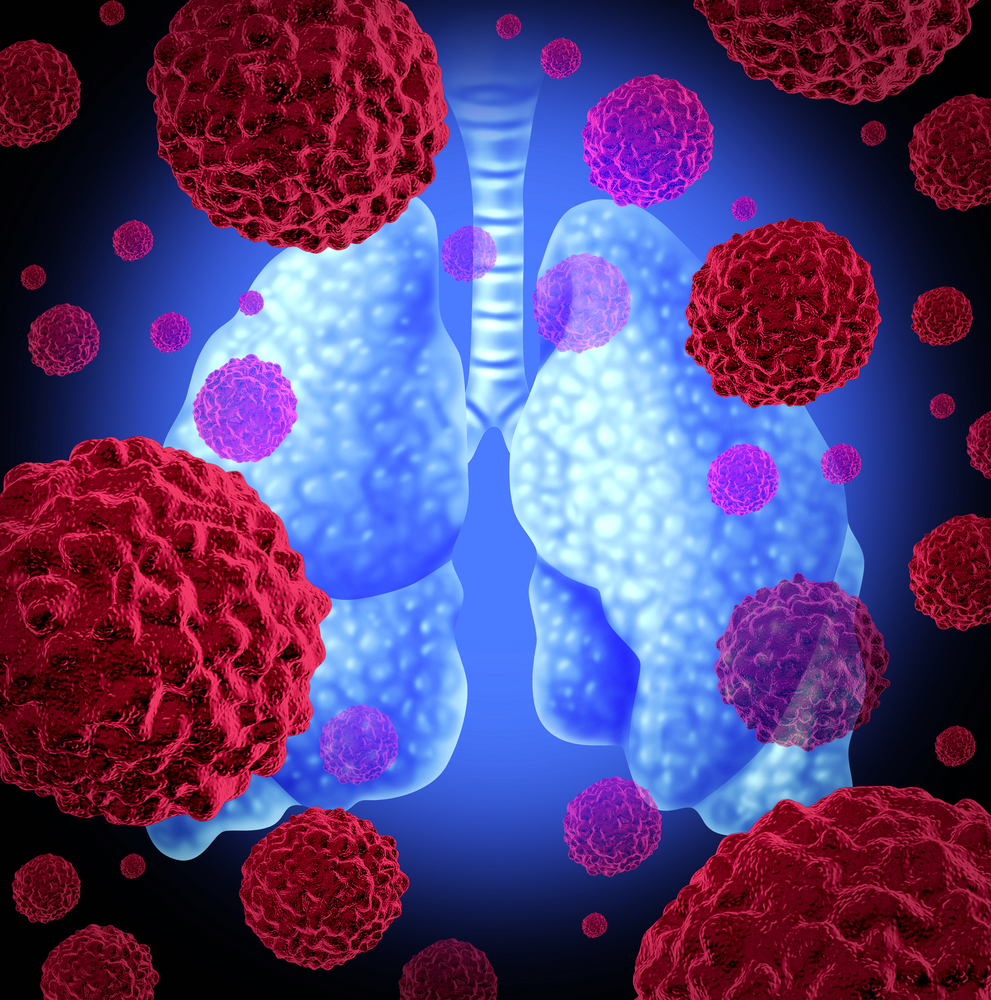A newly published study suggests that a fungal species found in the lungs of patients with cystic fibrosis (CF) develops a genetic mutation that allows it to adapt to and resist rival bacteria. The paper, entitled “Global Analysis of the Fungal Microbiome in Cystic Fibrosis Patients Reveals Loss of Function of the Transcriptional Repressor Nrg1 as a Mechanism of Pathogen Adaptation,” was published in the PLOS Pathogens journal.
Patients with CF suffer from mucus buildup in the lungs that makes them particularly vulnerable to infections with bacteria and fungus. Among these, Candida albicans is a fungus described as an opportunistic pathogen because it could become harmful if the immune system is compromised. This has emerged as a cause of morbidity in patients undergoing cancer chemotherapy or organ transplants, or who have bloodstream infections or HIV. Candida albicans and other opportunistic fungal pathogens are also worrisome as there are no anti-fungal drugs certain to resist them. However, how fungal communities change with disease progression or treatment is still not fully understood.
“Fungi have a staggering impact on human health, infecting billions of people around the world and killing 1.5 million every year — that’s in the range of tuberculosis and malaria,” said Leah Cowen, lead researcher on the study, University of Toronto Molecular Genetics professor and Canada Research Chair in Microbial Genomics and Infectious Disease. “And yet, they are under-appreciated and not well understood.”
In this study, researchers examined 89 mucus samples taken from 28 CF patients. The results showed that Candida albicans was a prevalent species, as expected, but they also revealed that some of the fungus anomalously grew and continued to elongate (a process called filamentation), which was revealed to be caused by a genetic mutation in a gene called NRG1.
“This was a smoking gun,” says Cowen. “This gene makes a protein that stops filamentation — like a brake. Because of these genetic mutations, the fungi lost this brake and were not able to stop these long strings from forming.”
To gain a better understanding of the mechanism, the researchers analyzed fungus environments — particularly the neighboring bacteria found in CF samples. The results revealed that exposing the mutated fungus to rival bacteria caused no effect on the shape of the fungus.
“We think the interaction between bacteria and fungus drove this,” says Cowen. “Usually losing control isn’t a very good thing, but in this case it may be a great defense mechanism for Candida. These fungi have essentially learned to ignore the bacteria.”
The findings suggest that fungus Candida evolved and developed a genetic mutation as a defense against rival bacteria. In the future, the researchers plan to investigate the impact of fungal pathogens in cystic fibrosis patients suffering from diminished lung function because of their inability to clear microbes from their airways.

